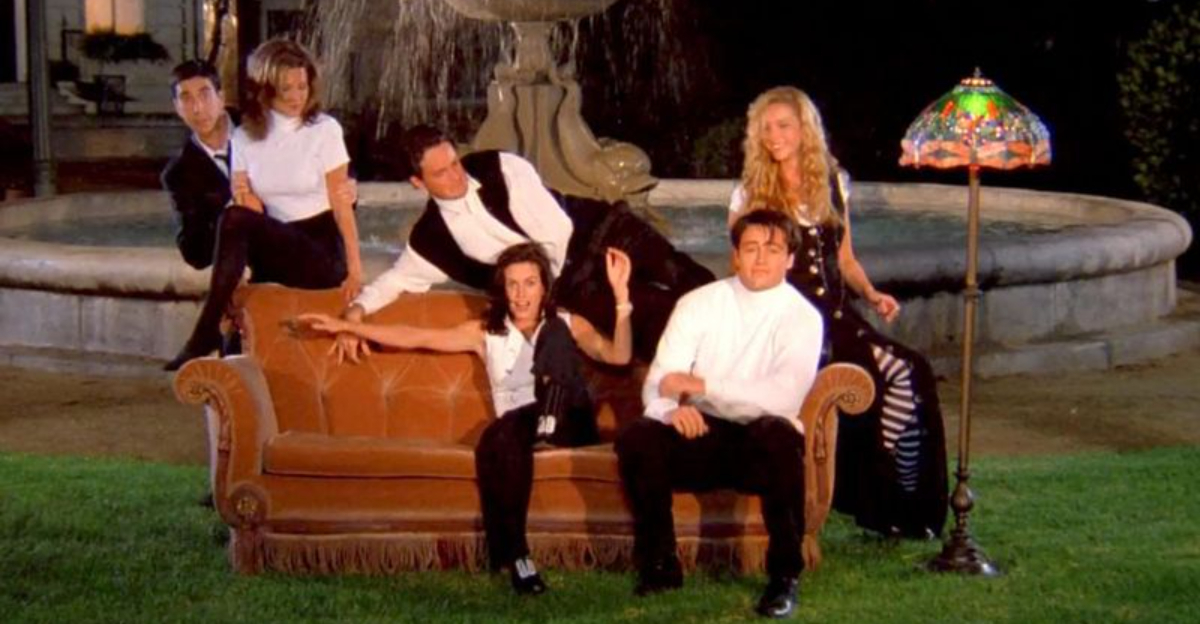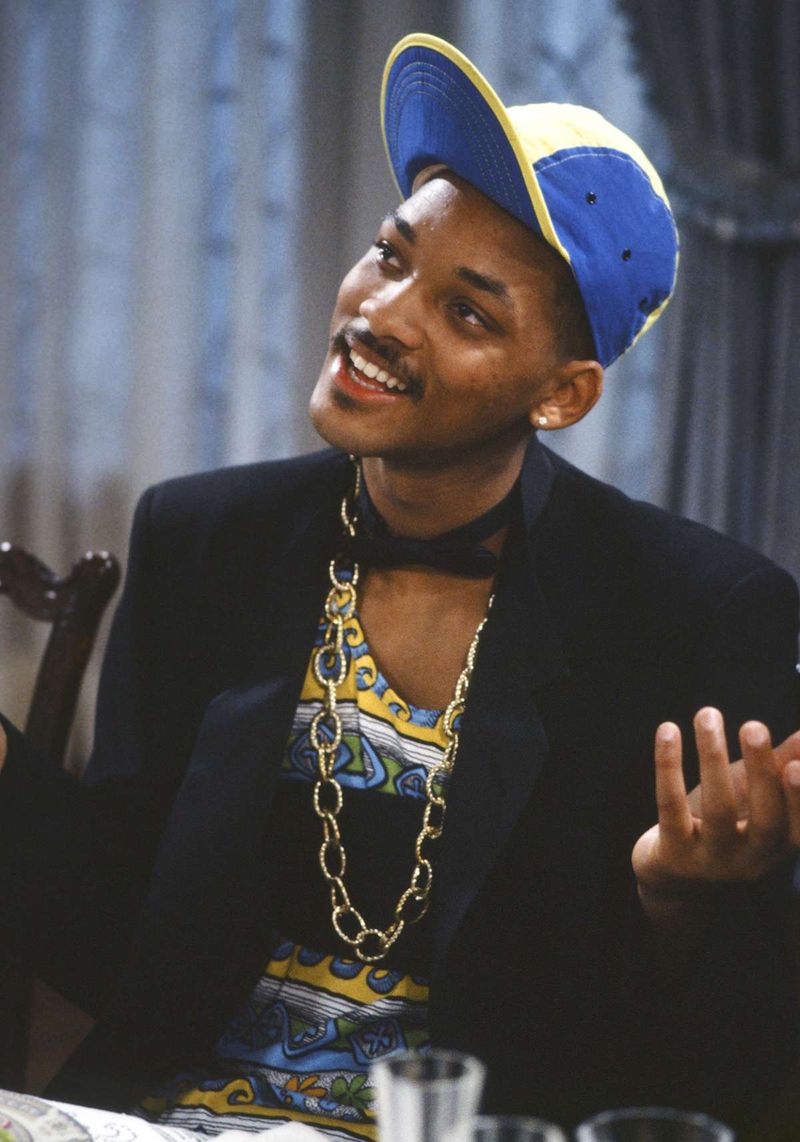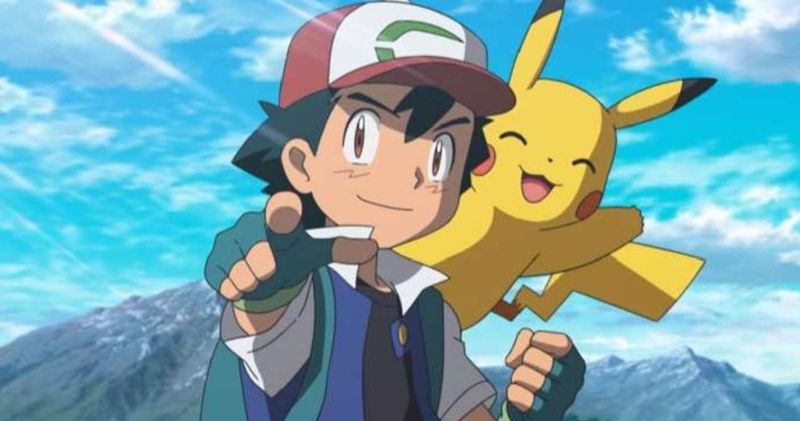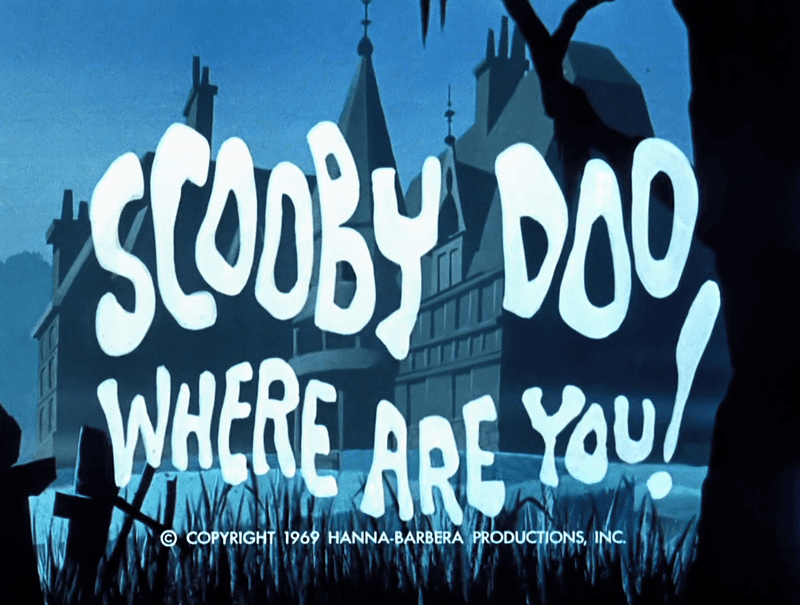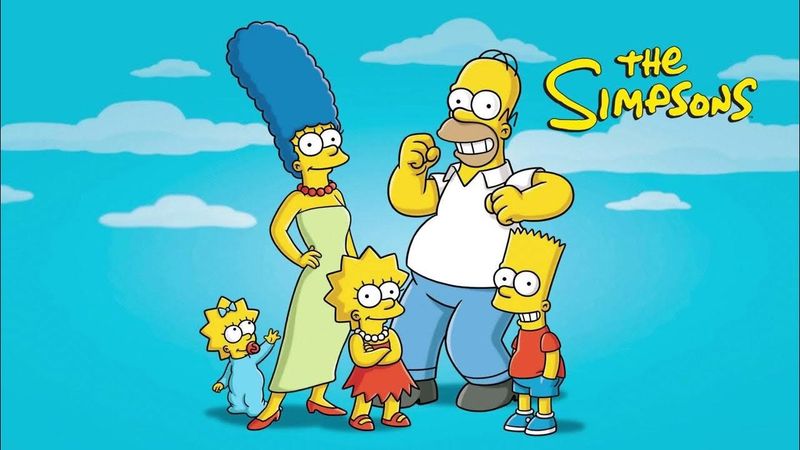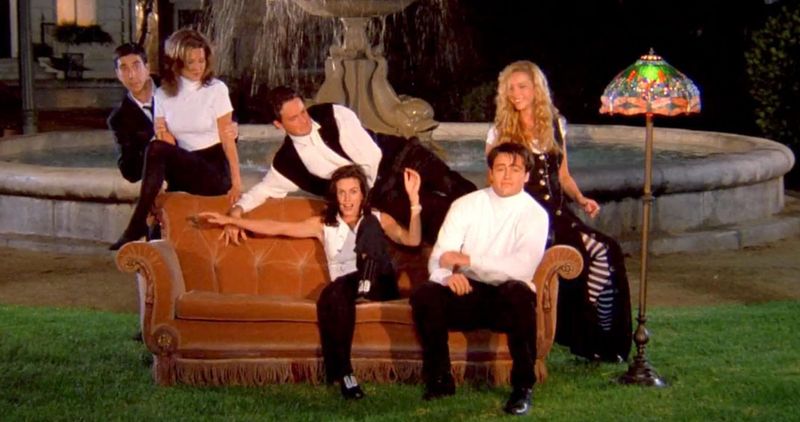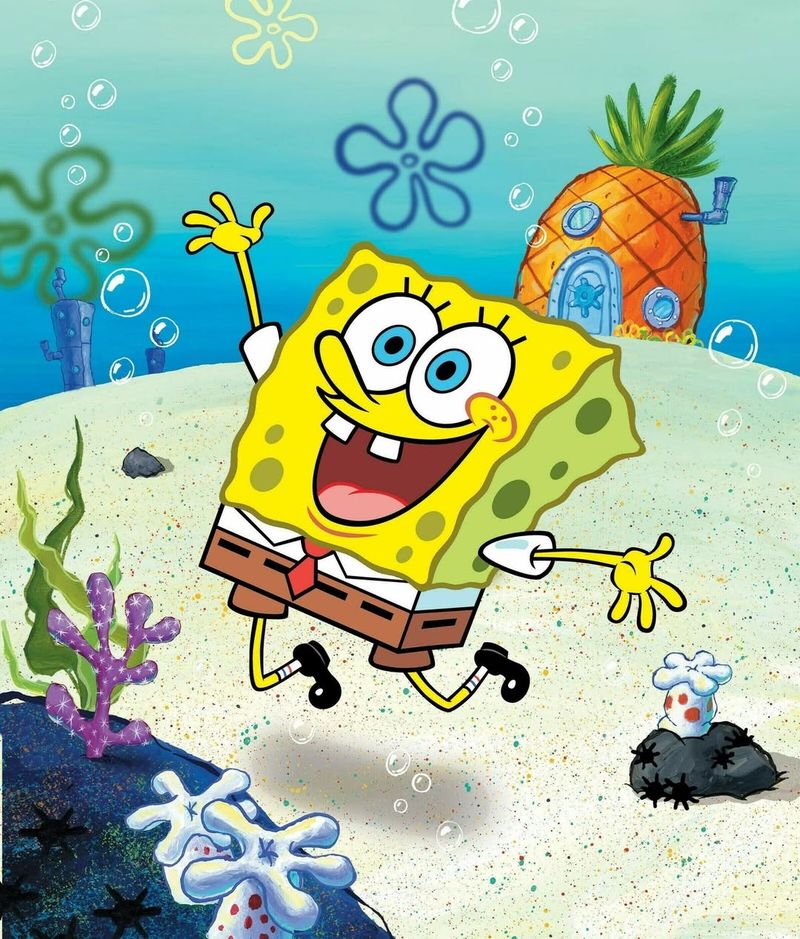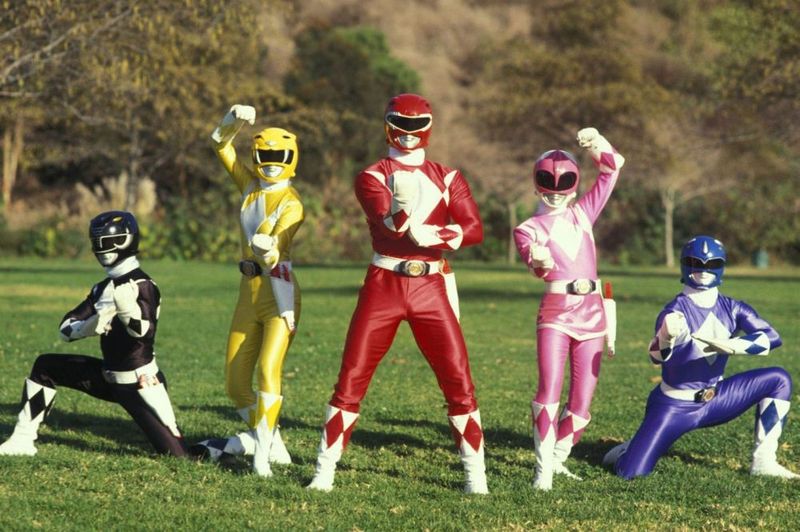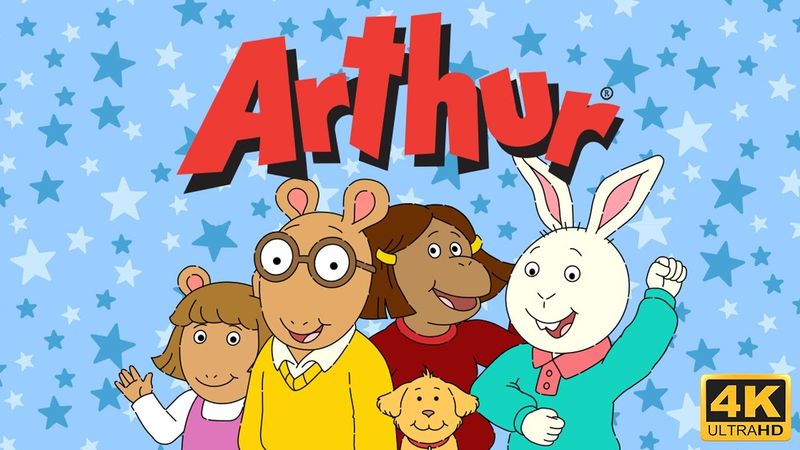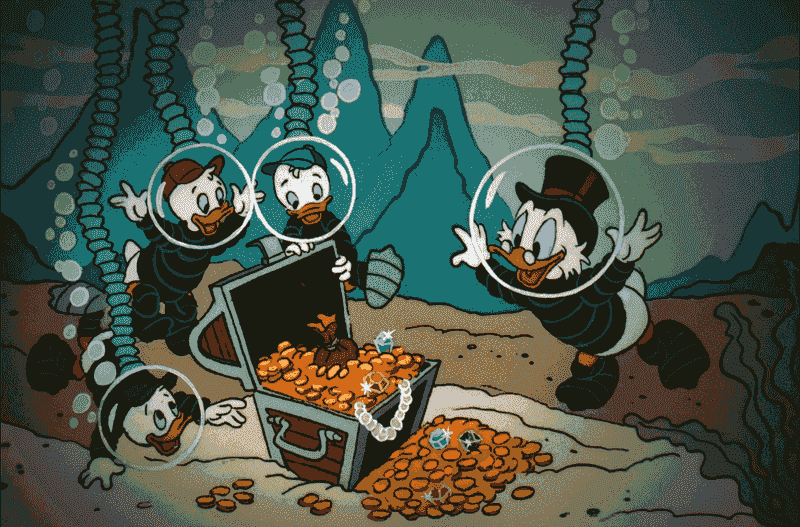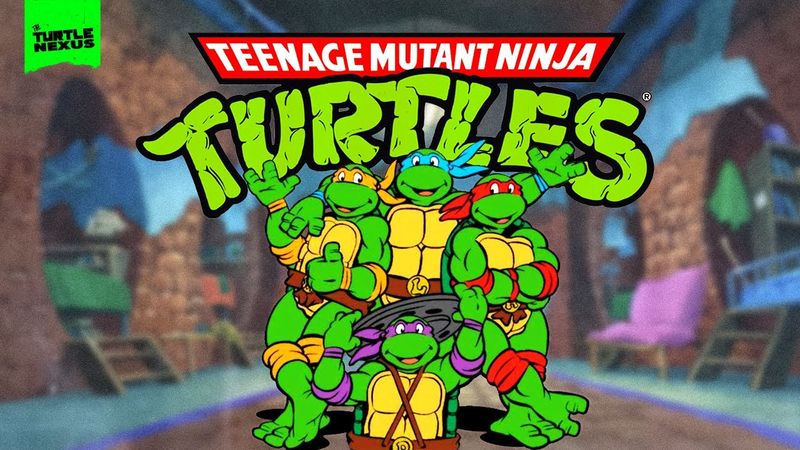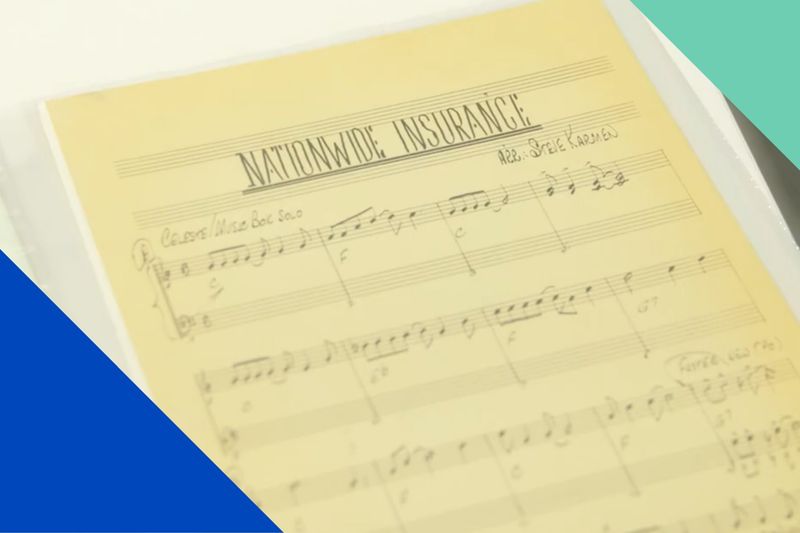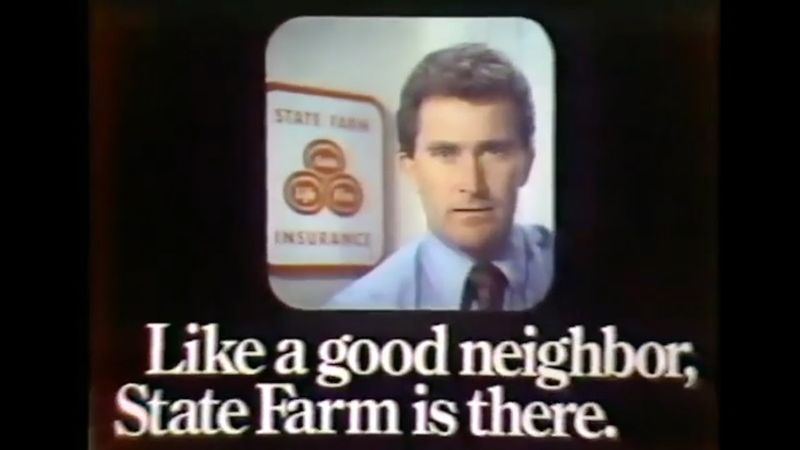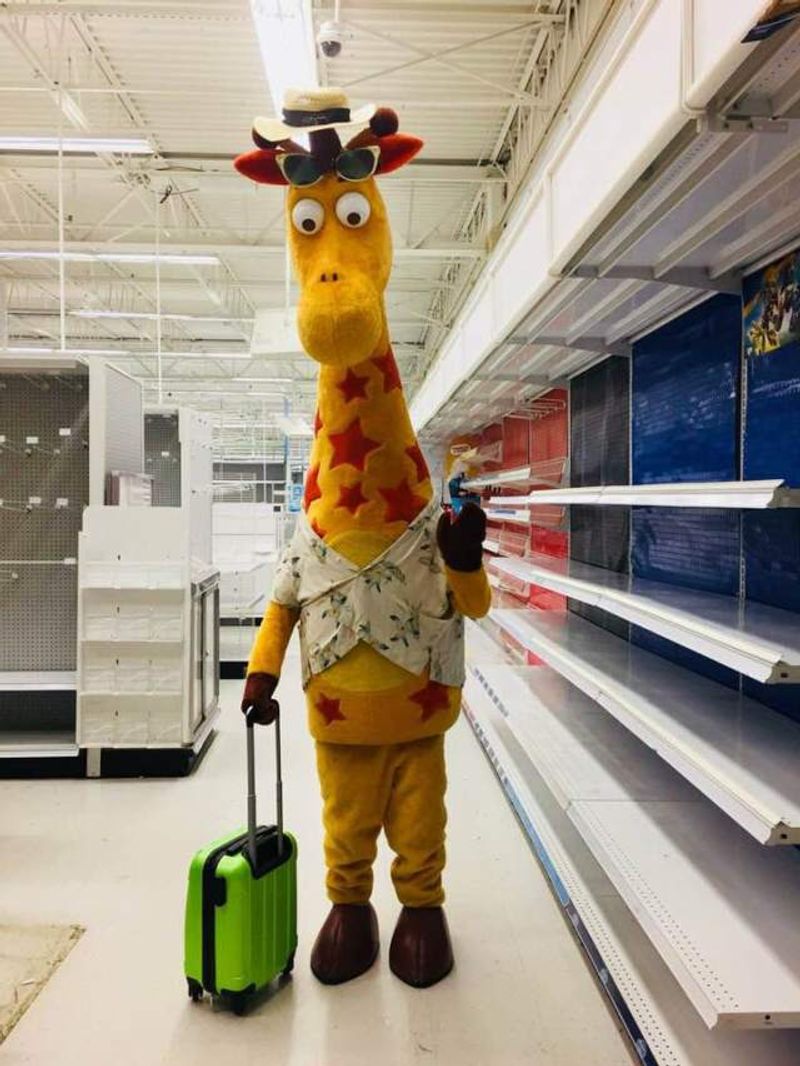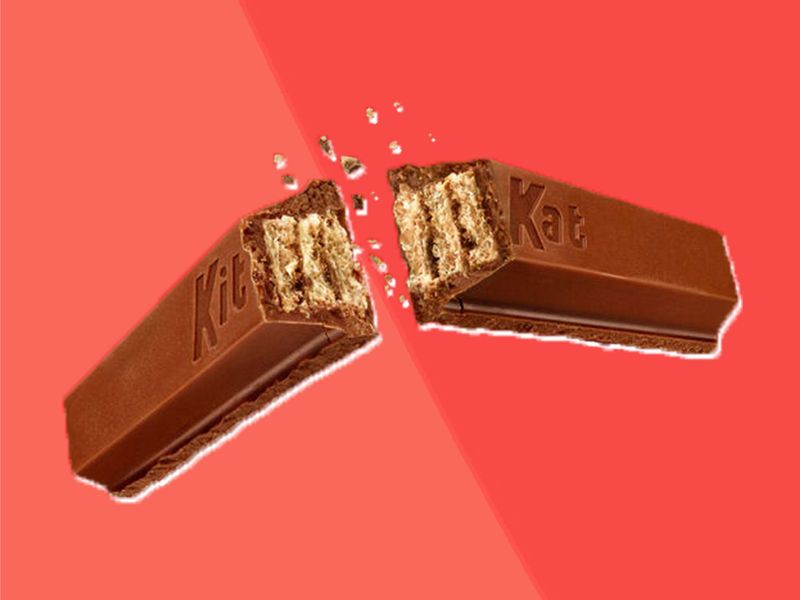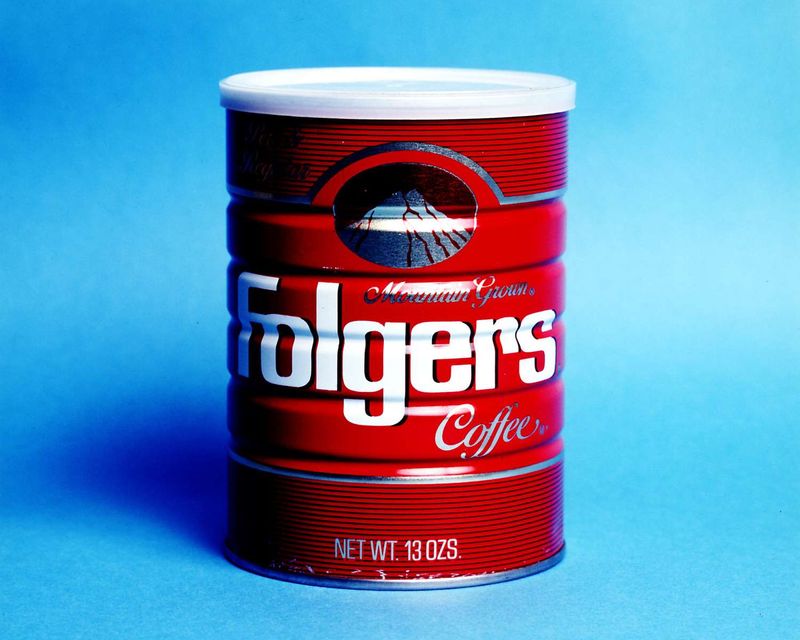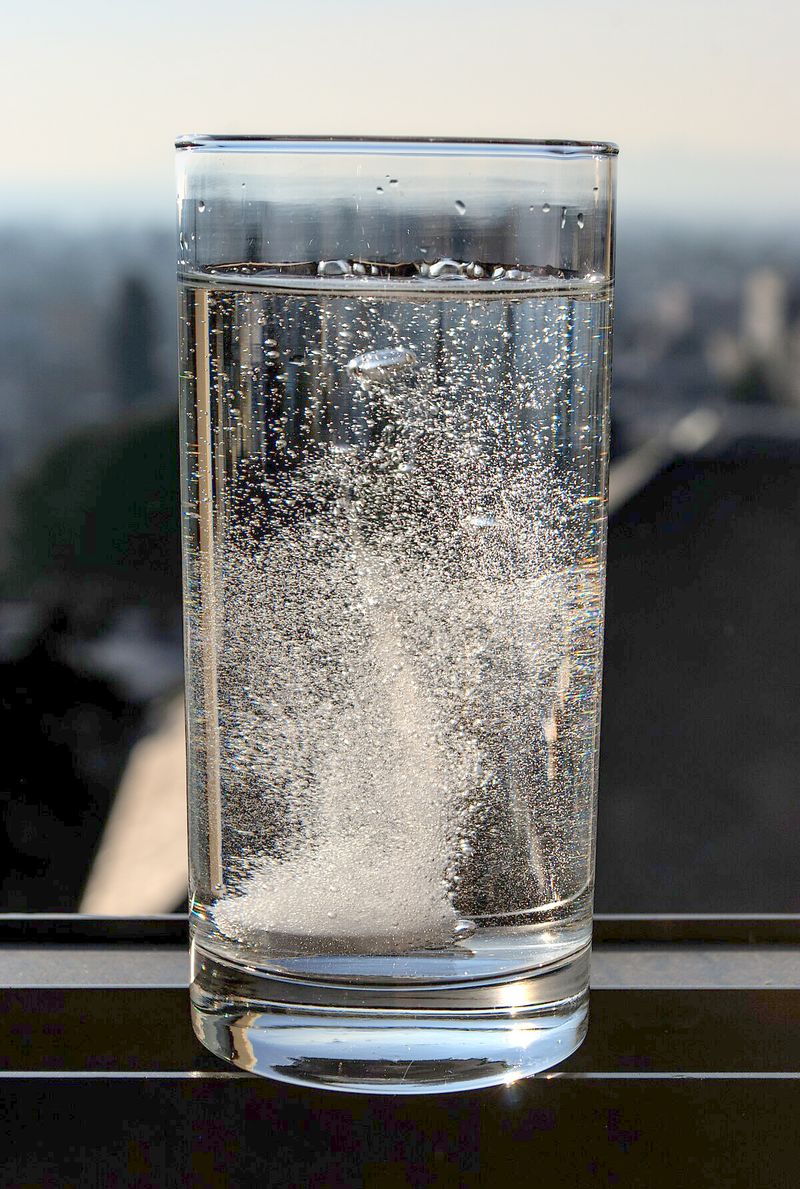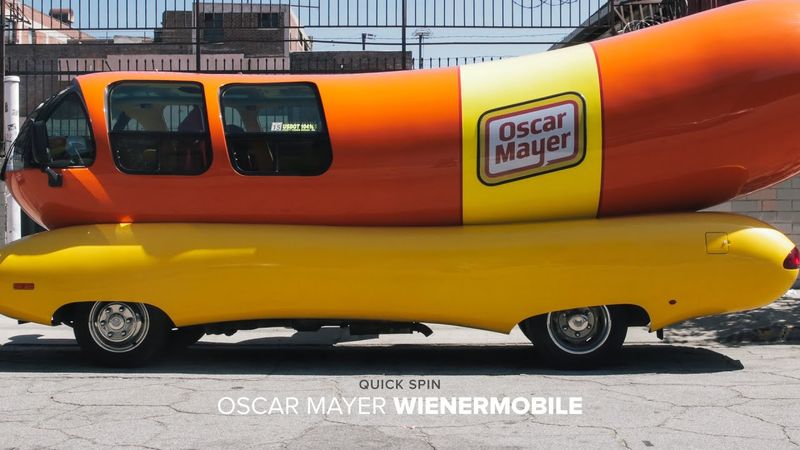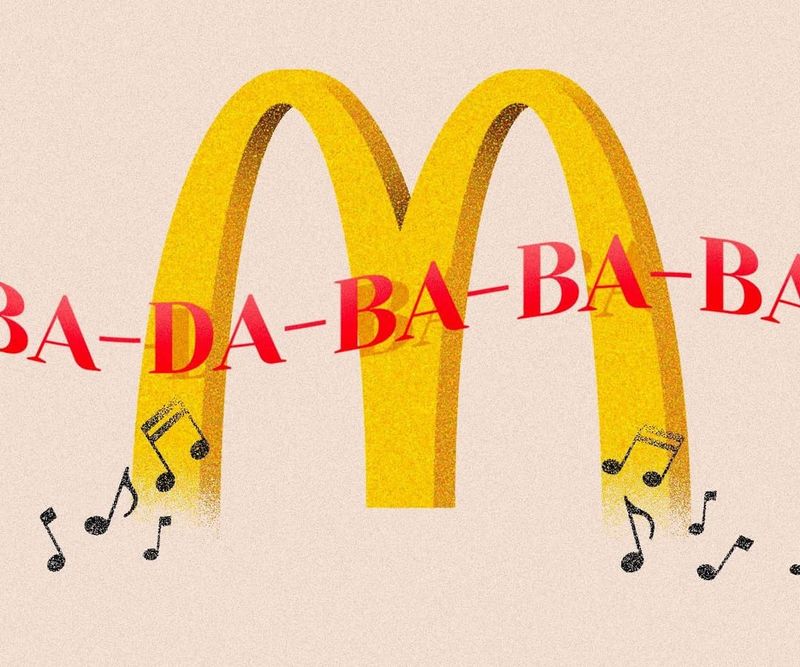Remember those catchy tunes that made you run to the TV or had you singing along to radio commercials? Some melodies stick with us forever, becoming the soundtrack to our childhood memories. From cartoon themes that got us pumped for Saturday mornings to jingles that made us beg our parents for certain products, these musical snippets hold a special place in our hearts.
1. 🎶 “The Fresh Prince of Bel-Air” (1990-1996)
Those opening beats transport millions back to the ’90s instantly. Will Smith’s rapped tale of moving from Philadelphia to Bel-Air wasn’t just catchy—it told a complete story in under two minutes. Many fans can recite every word without missing a beat.
The theme became so iconic that people still do the Carlton dance when they hear it. School talent shows and karaoke nights worldwide continue to feature amateur performances of this hip-hop classic. Beyond nostalgia, it represents that perfect blend of humor, storytelling, and musical hooks that defined a generation’s TV experience.
2. 🎶 “Pokémon” (1997-Present)
Nothing motivated a generation of kids to catch ’em all like this high-energy anthem. The English version of the Pokémon theme became playground currency—knowing all the lyrics earned you serious street cred among fellow trainers.
The song brilliantly captured the aspirational heart of the franchise: determination, adventure, and friendship. Children worldwide belted out these lyrics with conviction, truly believing they could be the very best.
Even decades later, playing those first few notes at a convention or bar will trigger a mass singalong among millennials. The theme underwent various remixes over the years, but the original remains the gold standard for animated show openings.
3. 🎶 “Scooby-Doo, Where Are You!” (1969-1970s)
Spooky, groovy, and instantly recognizable, this theme transcended generations. The haunting melody with its distinctive guitar riff and question-based lyrics perfectly captured the mystery-solving spirit of the show.
Parents who grew up with the original series shared their love with their children, creating a multi-generational fanbase. The song’s enduring appeal lies in its simplicity—even toddlers can mimic the “Scooby-Dooby-Doo” part.
Despite numerous reboots and reimaginings of the franchise, this classic theme remains the definitive Scooby song. The slightly eerie tone paired with upbeat instrumentation brilliantly telegraphed the show’s blend of spooky scenarios and comedic hijinks.
4. 🎶 “The Simpsons” (1989-Present)
Those first saxophone notes have signaled quality family entertainment for over three decades. Danny Elfman’s masterpiece manages to be simultaneously chaotic and structured, perfectly representing Springfield’s lovable dysfunction.
The theme’s evolution includes the weekly couch gag—a brilliant hook that keeps viewers watching through the credits. Music theorists have analyzed its complex arrangement, finding it remarkably sophisticated for a cartoon opener.
Countless parodies and remixes exist, but nothing beats the original’s frantic energy. The closing melody with Lisa’s impromptu saxophone solo provides the perfect bookend to each episode, creating one of television’s most recognizable musical signatures that continues to delight viewers worldwide.
5. 🎶 “Friends” (1994-2004)
Clap-clap-clap-clap! Just four handclaps is all it takes to trigger an instant singalong among ’90s kids. The Rembrandts created pop culture magic with their upbeat anthem celebrating friendship through good times and bad.
Coffee shops around the world still occasionally play this tune, eliciting knowing smiles from patrons. The song perfectly captured the show’s essence—life’s struggles made bearable through friendship. Even people who never watched a single episode recognize the chorus.
Its staying power proves remarkable, with new generations discovering it through streaming services and immediately connecting to its universal message of support and loyalty.
6. 🎶 “SpongeBob SquarePants” (1999-Present)
Nautical nonsense became musical brilliance with this call-and-response masterpiece. Children worldwide learned the word “absorbent” through this theme song, shouting “AYE AYE CAPTAIN” with enthusiastic salutes in living rooms everywhere.
The genius lies in its participatory nature—it’s impossible not to respond to the captain’s questions. Creator Stephen Hillenburg, a marine biologist turned animator, insisted on the sea shanty style to establish the underwater setting immediately.
Parents found themselves humming this tune at work, much to their confusion and dismay. The pirate narrator (voiced by Pat Pinney) adds authentic seafaring charm, while the flute-driven melody creates an irresistibly upbeat atmosphere that perfectly captures SpongeBob’s eternal optimism.
7. 🎶 “Mighty Morphin Power Rangers” (1993-1996)
Electric guitars and synthesizers created the ultimate adrenaline rush for ’90s kids. This theme transformed ordinary playground time into epic monster battles with invisible karate moves and shouted catchphrases.
The song’s driving tempo and power chord progression tapped directly into children’s energy reserves. Parents often heard their kids attempting those high notes during bathroom showers or bedroom performances with hairbrush microphones.
The genius marketing strategy embedded the show’s title directly in the chorus, making it impossible to forget. While later Power Rangers seasons received updated themes, none matched the raw excitement of the original’s guitar-heavy rock anthem that made children everywhere believe they too could morph into superheroes.
8. 🎶 “Arthur” (1996-2022)
Ziggy Marley’s reggae-infused tune brought Caribbean vibes to PBS Kids, teaching children that “having fun isn’t hard when you’ve got a library card.” The gentle, positive messaging perfectly matched Arthur’s educational goals while remaining genuinely enjoyable.
Unlike action-packed cartoon themes, Arthur’s opener focused on everyday adventures and friendship. The song’s laid-back groove made learning seem cool rather than forced, a remarkable achievement for educational programming.
Parents appreciated the wholesome lyrics about working together and believing in yourself. The theme underwent slight variations throughout the show’s remarkable 25-year run, but maintained its core melody and message, becoming a comforting constant for multiple generations of young viewers.
9. 🎶 “DuckTales” (1987-1990, 2017-2021)
Life is like a hurricane indeed when this earworm takes over your brain! The adventurous orchestration perfectly captured the treasure-hunting spirit of Scrooge McDuck and his nephews.
Children who couldn’t pronounce “Launchpad McQuack” could still belt out “Woo-oo!” with perfect timing. The theme’s brilliance lies in its storytelling efficiency—introducing characters, setting, and tone in just 60 seconds.
Music producers created a mini-symphony with brass fanfares and percussion that suggested exotic locales and daring escapades. The 2017 reboot wisely kept the original melody intact while updating the arrangement, acknowledging the theme’s untouchable status in the pantheon of cartoon music that continues to inspire adventure in listeners young and old.
10. 🎶 “Teenage Mutant Ninja Turtles” (1987-1996)
Heroes in a half-shell powered this rock anthem straight into kids’ hearts. The theme brilliantly condensed the entire premise—mutant turtles trained in ninjutsu fighting crime—into an irresistibly catchy package that had children everywhere shouting “Cowabunga!”
The song’s genius lies in its simplicity: repeating “Teenage Mutant Ninja Turtles” creates instant brand recognition while remaining endlessly chantable. Parents found their kids tying bandanas around their heads and practicing nunchuck moves with paper towel rolls.
Even the brief musical interlude perfectly captured the show’s blend of action and humor. The theme underwent remixes for later iterations, but the original’s raw energy remains unmatched, forever linked to pizza cravings and playground turtle power demonstrations.
11. 📻 “Nationwide is on your side” (Nationwide Insurance)
Seven simple notes created one of advertising’s most recognized melodies. This jingle’s genius lies in its musical mnemonic device—the notes perfectly match the syllables of “Nationwide is on your side,” making it impossible to forget.
Insurance companies typically struggle to create emotional connections, but this warm, reassuring melody suggests protection and support. Children often sang it during car trips, having no idea what insurance even was.
The jingle has remained remarkably consistent since the 1960s, with only slight arrangement updates. Various celebrities have performed versions while maintaining the core melody, demonstrating its adaptability across musical genres while preserving its comforting essence that continues to resonate with listeners decades after its creation.
12. 📻 “Like a good neighbor, State Farm is there” (State Farm)
Barry Manilow—yes, that Barry Manilow—composed this insurance earworm in 1971. The jingle’s folksy, neighborly vibe perfectly communicated State Farm’s desired brand image of reliability and community connection.
Children memorized it without understanding insurance, often singing it when helping friends. The melody’s simplicity belies its marketing genius—it transformed a boring financial service into a friendly neighborhood presence.
Recent commercials cleverly evolved the jingle into a magical incantation that summons agents, breathing new life into the classic. The tune’s longevity demonstrates extraordinary staying power in an industry where marketing strategies constantly change, proving that genuine emotional connection through music can establish brand loyalty that spans generations.
13. 📻 “I don’t wanna grow up, I’m a Toys ‘R’ Us kid” (Toys ‘R’ Us)
Pure marketing brilliance targeted children’s natural resistance to adulthood. The bouncy melody captured youthful exuberance while the lyrics spoke directly to kids’ desire to remain in a toy-filled wonderland forever.
Parents found themselves humming this tune while pushing shopping carts down toy aisles. The jingle created powerful emotional associations—just hearing it triggered excitement and birthday wish-list creation in children nationwide.
When Toys ‘R’ Us closed in 2018, adults mourned not just a retailer but a piece of their childhood soundtrack. The store’s 2021 revival naturally brought back the classic jingle, proving its central role in the brand’s identity and demonstrating how commercial music can transcend advertising to become cultural touchstones.
14. 📻 “My bologna has a first name…” (Oscar Mayer)
Spelling became deliciously fun thanks to this meat-promoting melody. The genius marketing strategy turned children into brand ambassadors who proudly spelled O-S-C-A-R and M-A-Y-E-R at family picnics and school lunchrooms.
Teachers reported kids learning to spell these words before mastering their own names. The jingle’s innocent, childlike delivery (originally sung by a 4-year-old) created authenticity that resonated with families across America.
Parents who grew up with the jingle later taught it to their children, creating multi-generational brand loyalty. The tune underwent minimal changes since its 1970s debut, demonstrating the timeless appeal of simple, catchy melodies that transform ordinary products into beloved household names through the irresistible power of childhood nostalgia.
15. 📻 “Give me a break, give me a break…” (Kit Kat)
That distinctive chocolate snap sound paired with a catchy tune created snack-time music magic. The genius of this jingle lies in connecting the physical breaking of the candy bar with the concept of taking a mental break—creating a powerful sensory-emotional link.
Schoolchildren incorporated the hand motion of breaking Kit Kats into their playground repertoire. The melody underwent numerous variations over decades while maintaining its core identity, adapting to changing musical tastes from jazz to rock to hip-hop.
International versions maintained the melody while translating lyrics, creating global recognition. Few jingles have so perfectly captured a product’s unique selling proposition—the satisfying break both physically and mentally—making Kit Kat’s musical identity as distinctive as its crispy wafer layers.
16. 📻 “800-588-2300, Empire!” (Empire Carpet)
Regional advertising rarely achieves national recognition, but this catchy phone number jingle defied the odds. The melody’s brilliance lies in its mnemonic function—transforming a forgettable 10-digit number into a sing-song pattern that millions can recall instantly.
Children with no interest in flooring still memorized this number perfectly. The jingle remained virtually unchanged since the 1970s, with only the addition of “today” at the end in recent versions.
Marketing experts study this campaign as a masterclass in pre-internet brand recognition. The company expanded nationally but wisely kept the iconic tune, recognizing that their musical phone number had become their most valuable asset—a perfect example of how melody can transform mundane information into memorable marketing gold.
17. 📻 “The best part of waking up is Folgers in your cup” (Folgers Coffee)
Morning routines across America found their soundtrack in this warm, inviting coffee jingle. The genius marketing connected Folgers not just with coffee but with the entire positive experience of starting a new day.
Children mimicked the tune while watching parents prepare breakfast. The melody underwent subtle updates over decades while maintaining its cozy, optimistic essence—from orchestral arrangements to acoustic guitar versions.
The jingle’s staying power demonstrates how effectively it tapped into the universal morning ritual. Folgers brilliantly positioned their product as more than coffee—it became the catalyst for daily fresh starts and possibilities. Few advertising campaigns have so successfully linked a product to a specific time of day, creating a mental association that has lasted generations.
18. 📻 “Plop, plop, fizz, fizz, oh what a relief it is!” (Alka-Seltzer)
Onomatopoeia became musical genius in this remedy-touting earworm. The brilliance lies in how the lyrics mimic the exact sound of the product working—transforming a mundane medicinal reaction into a catchy, memorable phrase.
Children delighted in the silly sound effects, often dropping objects in water to recreate the fizzing. The melody itself is secondary to the distinctive verbal rhythm, demonstrating how speech patterns can become musical hooks.
The jingle cleverly reframes an upset stomach as a problem with a simple, almost fun solution. Decades later, many people still recite this phrase while dropping tablets into water, proving how effectively the campaign embedded itself into the cultural lexicon and transformed a pharmaceutical product into an almost playful experience.
19. 📻 “I wish I was an Oscar Mayer wiener…” (Oscar Mayer Wieners)
Childhood longing to become processed meat never sounded so sweet. This 1960s jingle tapped into children’s imagination and desire for popularity with its whimsical premise about transforming into a hot dog.
The commercial’s little boy in a wiener costume became an iconic image in advertising history. Children nationwide sang this tune on playgrounds, completely unbothered by the strange concept of wanting to be eaten.
Oscar Mayer brilliantly created two distinct jingles (this and the bologna song) that reinforced their brand while appealing to different emotional triggers. The wiener song’s legacy includes a famous Wienermobile that still tours America, continuing the tradition of turning meat products into childhood fantasy objects through the magic of a simple, catchy melody.
20. 📻 “Ba-da-ba-ba-ba… I’m lovin’ it!” (McDonald’s)
Five simple notes created fast-food marketing history. Originally sung by Justin Timberlake in 2003, this jingle’s genius lies in its wordless versatility—those five notes work across languages and cultures worldwide.
Children instinctively mimic the melody, often before they can speak full sentences. The campaign brilliantly simplified McDonald’s message to a pure emotional response—happiness—rather than specific food attributes.
Unlike older jingles that underwent constant revision, this modern classic has remained remarkably consistent for two decades. McDonald’s wisely recognized they’d created the perfect sonic logo. Marketing experts consider it the most successful fast-food jingle of the 21st century, demonstrating how even in the digital age, a simple melody can create powerful brand recognition across generational and cultural boundaries.
